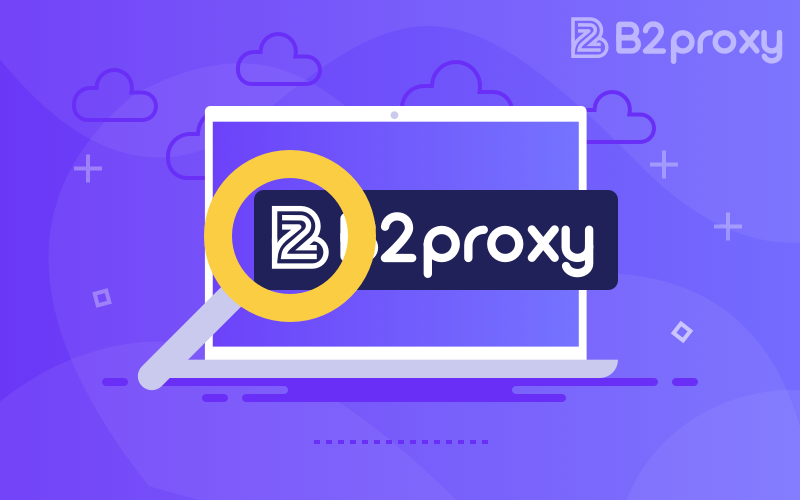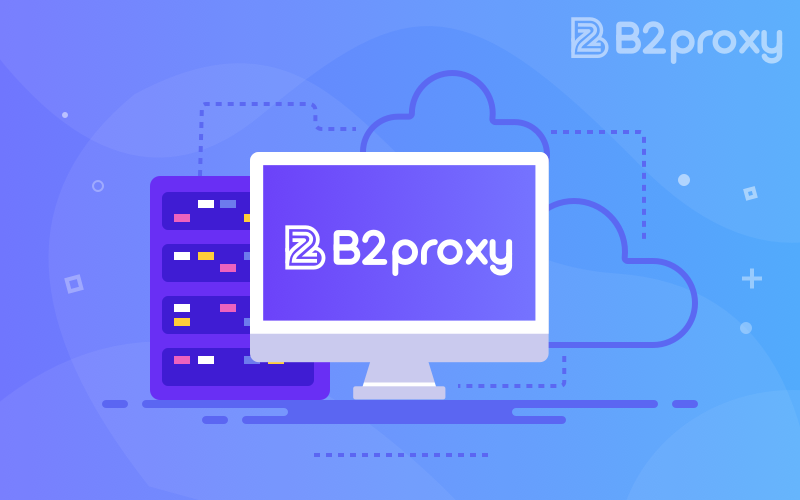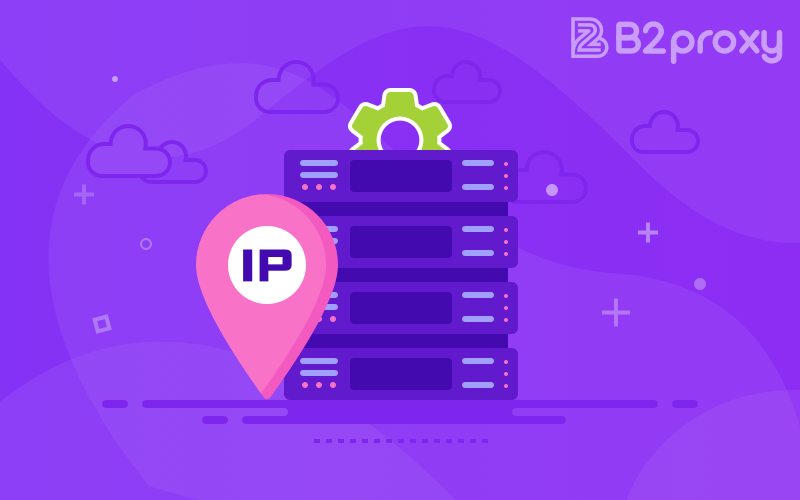How to Intelligently Switch Proxy IPs in Web Crawling Projects: A Practical Guide
 November 9.2025
November 9.2025

<p>In the field of web data collection, a <a href="https://www.b2proxy.com/" rel="noopener noreferrer" target="_blank">proxy server</a> plays a crucial role in building efficient and stable crawling systems. With websites increasingly employing anti-scraping mechanisms and access restrictions, mastering intelligent IP rotation has become essential. Frequently switching IPs can help avoid bans, but poorly designed switching strategies may lead to slower performance or incomplete data. By implementing smart rotation techniques, developers can achieve the right balance between speed, security, and success rate.</p><p> </p><p>1. <strong>Why Is IP Rotation Necessary?</strong></p><p>Most websites monitor access frequency, request headers, and IP addresses. When the same IP sends too many requests or behaves abnormally, the system flags it as suspicious and blocks it. Rotating proxy IPs allows crawlers to simulate requests from different users, distributing the load across multiple IPs and ensuring stable data acquisition. Smart IP rotation not only boosts success rates but also reduces the risk of detection.</p><p> </p><p><strong>2. Common Proxy Rotation Strategies</strong></p><p>Rotating IPs isn’t simply about switching as fast as possible; it requires adaptive logic tailored to each target website and task. Common strategies include:</p><p>● <strong>Per-request rotation:</strong> Use a new IP for every request. Ideal for high-security sites but consumes more resources.</p><p>● <strong>Timed rotation:</strong> Change IPs at fixed intervals—such as every 5 or 10 minutes—for a balance of efficiency and stealth.</p><p>● <strong>Error-based rotation:</strong> Automatically switch IPs when connection timeouts or 403 errors occur.</p><p>● <strong>Dynamic pool management:</strong> Build a proxy pool that intelligently selects IPs based on health, latency, and reliability, ensuring every request uses the best available node.</p><p> </p><p><strong>3. Core Elements of Smart Rotation</strong></p><p>True “intelligent” rotation means not just switching, but knowing <em>when</em> and <em>to which IP</em> to switch.</p><p>● <strong>IP health monitoring:</strong> Regularly test proxy performance and remove dead or slow nodes.</p><p>● <strong>Task-based matching:</strong> Assign different IP types depending on the job—for example, high-speed proxies for image crawling and high-anonymity proxies for API requests.</p><p>● <strong>Geo-targeted routing:</strong> Choose IPs from specific regions when scraping geo-restricted websites to improve success rates.</p><p>● <strong>Load balancing:</strong> Distribute proxy usage evenly across multiple tasks to prevent excessive requests from any single IP.</p><p> </p><p>4. <strong>Common Mistakes and Optimization Tips</strong></p><p>Some developers mistakenly believe that faster IP switching equals higher success. In reality, overly frequent rotation can interrupt sessions and cause incomplete data requests. Additionally, the type of proxy—data center, residential, or mobile—should be selected based on task requirements. It’s recommended to log proxy usage, monitor request outcomes, and continuously refine rotation logic using performance data.</p><p> </p><p><strong>Conclusion:</strong></p><p>Intelligent proxy rotation is more than just an anti-ban technique—it’s the foundation for efficient and reliable data crawling. By applying smart switching strategies, performing real-time health checks, and dynamically matching proxies to tasks, crawlers can achieve both speed and stability. When combined with modern <a href="https://www.b2proxy.com/" rel="noopener noreferrer" target="_blank">web proxy</a> technology, the system gains greater anonymity, stronger security, and smoother overall performance.</p>
You might also enjoy

Is Proxy IP Industry Regulation Tightening? Understanding Compliance Policies Across Major Regions
Explore how global regulations are reshaping the proxy IP industry, with key compliance trends from Europe, the US, and Asia driving safer, legal networks.
November 9.2025
How to Intelligently Switch Proxy IPs in Web Crawling Projects: A Practical Guide
Learn smart techniques for rotating proxy IPs in web crawling to boost efficiency, avoid bans, and keep your data collection fast, stable, and secure.
November 9.2025
The Current Use and Future Trends of IP Proxies in the SEO Field
SEO relies increasingly on precise rank tracking, large-scale data collection, and behavior simulation, with IP proxies playing a central role in these workflow
November 8.2025







